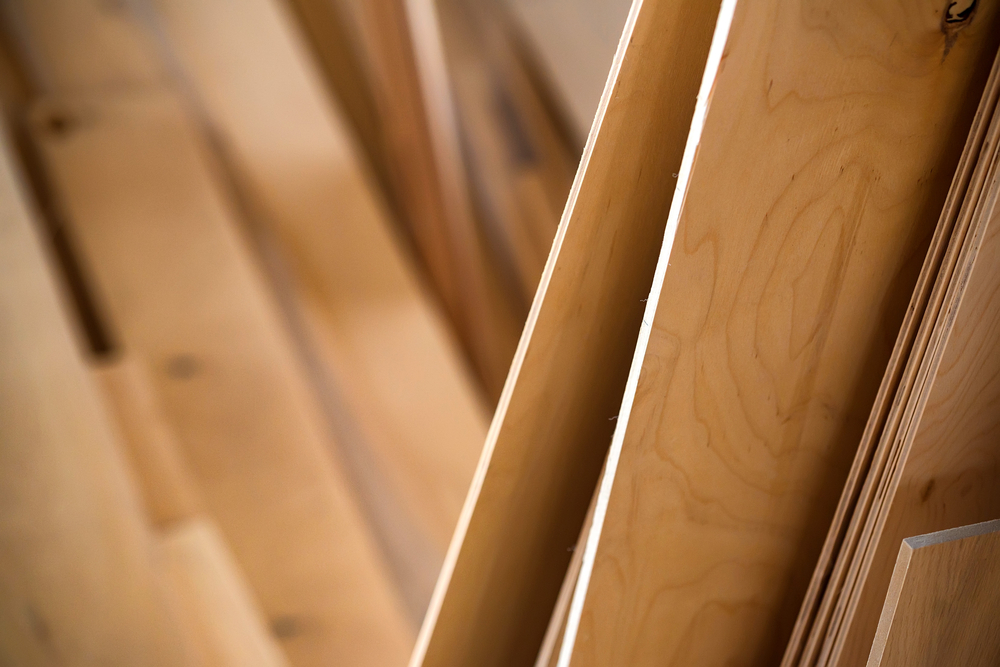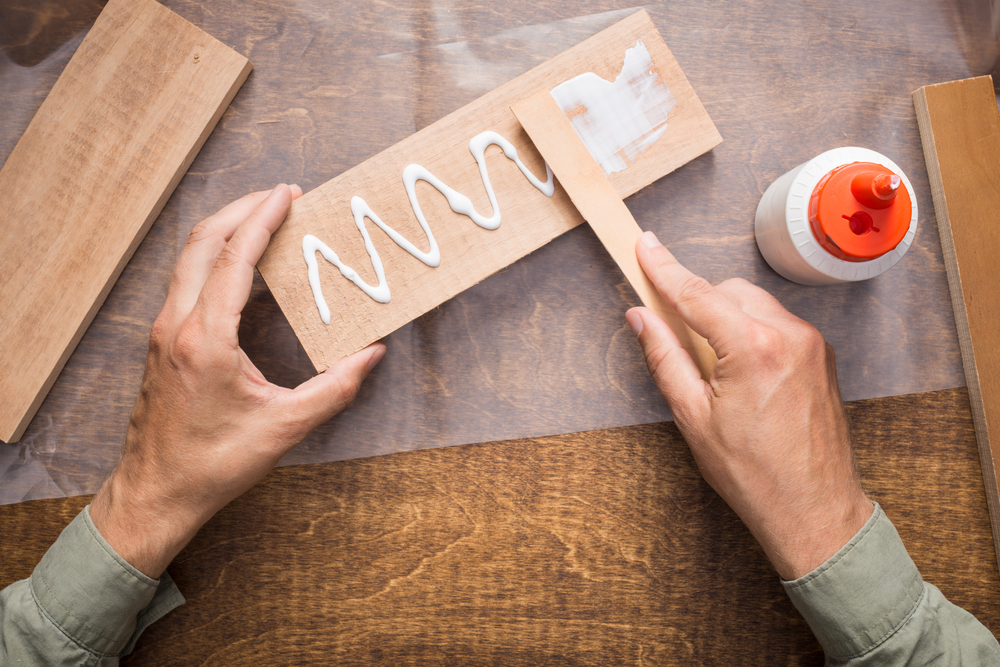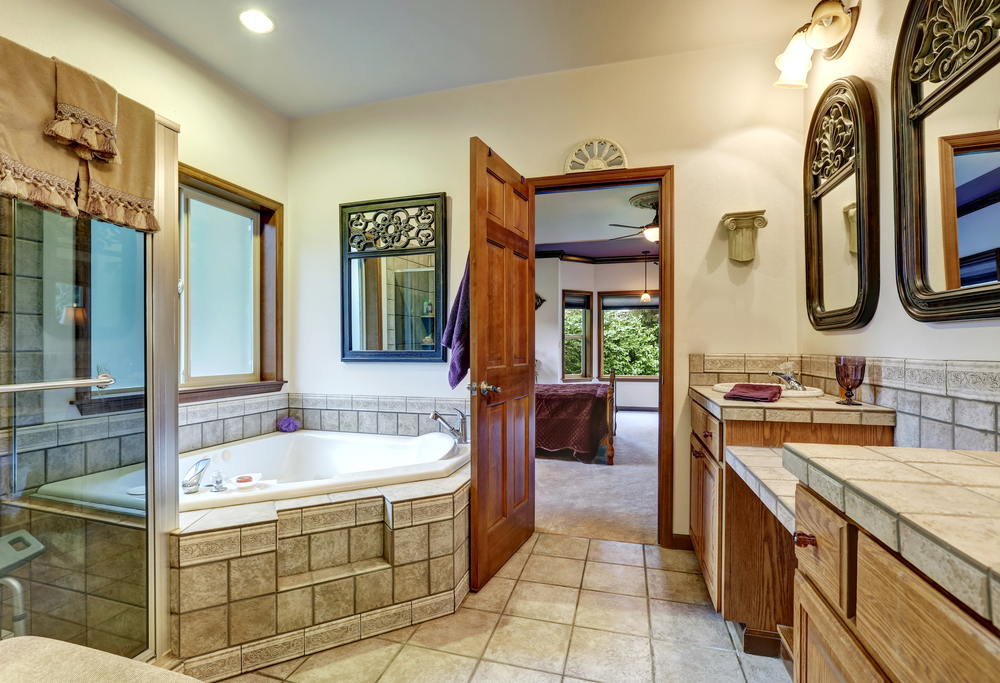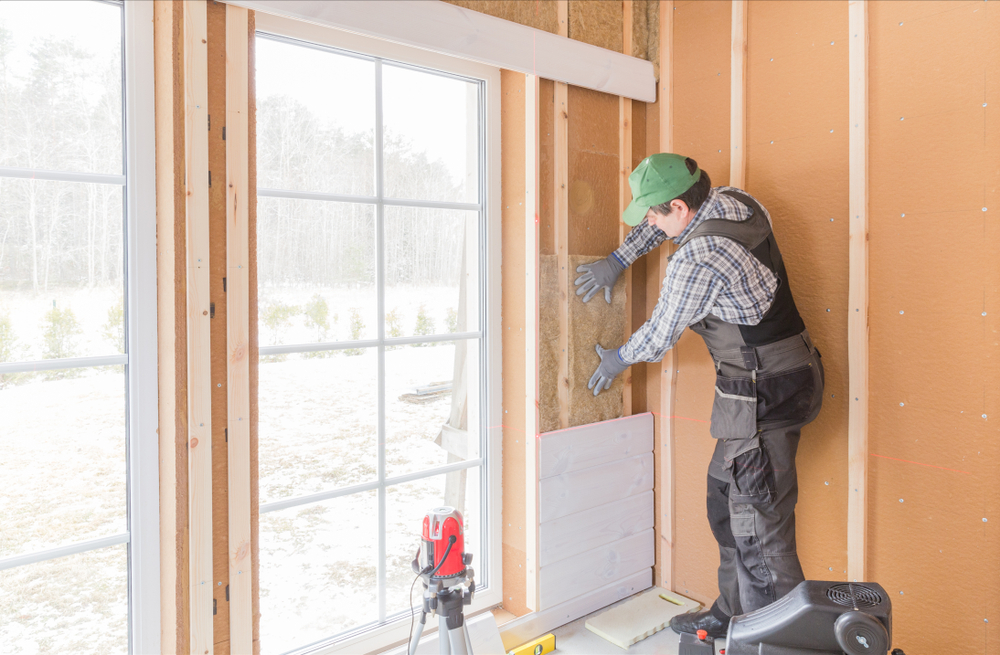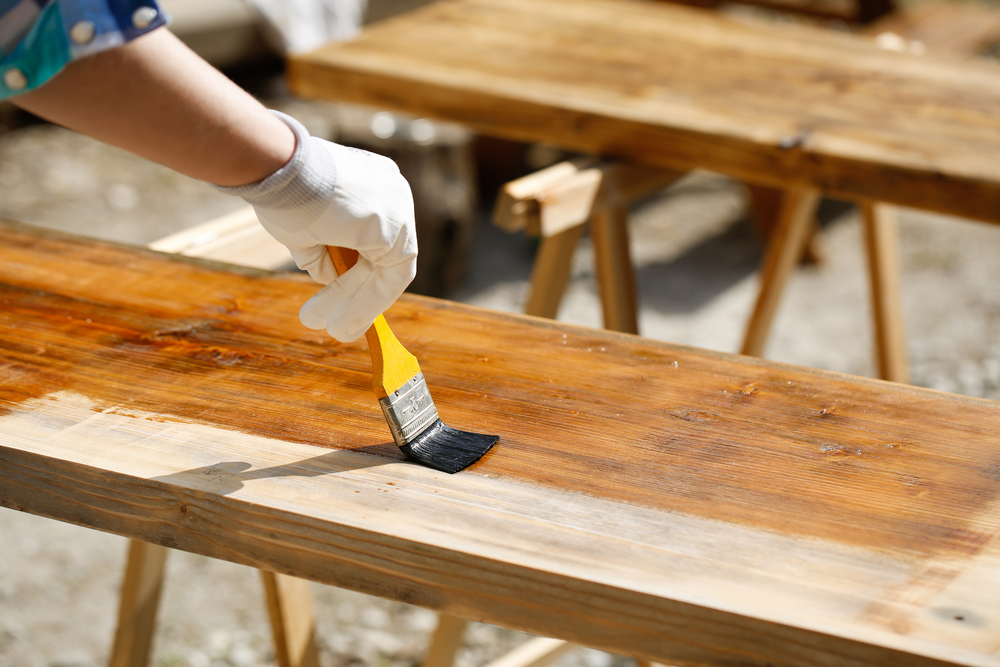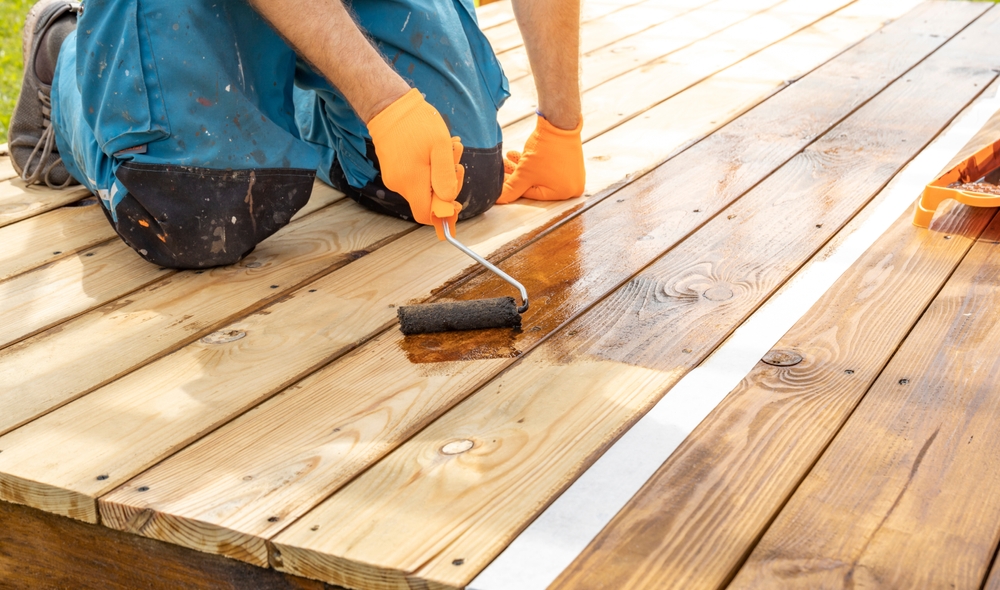Understanding Window Anatomy
Windows are an essential feature in architecture, providing natural light and ventilation. They can impact energy efficiency and aesthetics. Understanding their anatomy helps in making informed decisions during selection or customization.
Basic Components of a Window
A typical window consists of several parts that work together. Each part serves a specific function.
Frame
The frame supports the entire window structure. It can be made from various materials like wood, aluminum, vinyl, or fiberglass. The material choice affects durability, maintenance, and energy efficiency. Wooden frames offer a classic look but require upkeep. Aluminum is sturdy and less maintenance-heavy, though it isn’t as energy efficient. Vinyl is popular for its low cost and thermal efficiency, while fiberglass offers strength and minimal expansion or contraction under temperature changes.
Sash
The sash is the part of the window that holds the glazing. It can be fixed or movable, depending on the window type. In double-hung windows, there are two sashes that slide vertically. A single-hung window has one fixed sash and one movable. This component’s construction influences air infiltration and ease of repair or replacement.
Glazing or Glass
Glazing refers to the glass part of the window. Its primary role is to allow light into the building. Modern windows often feature double or triple glazing to improve thermal insulation. This setup consists of two or three glass panes separated by air or inert gas, reducing heat transfer. Special coatings can also enhance energy efficiency by reflecting specific wavelengths of light.
Muntins
Muntins, or grilles, are the strips that divide a window into smaller panes. In historical architecture, they were structural due to the small size of glass available. In modern windows, they’re often decorative, serving to replicate a traditional look. However, simulated divided lites, with grilles inside the glazing, keep maintenance easy and cleaning straightforward.
Hardware
This includes locks, latches, and handles used to operate the window. Quality hardware improves security and usability. It’s important to consider the hardware’s ability to withstand environmental conditions without corroding or failing.
Advanced Window Features
Beyond the basic components, several advanced features enhance window functionality.
Low-E Coatings
Low-emissivity (Low-E) coatings are microscopically thin, transparent coatings applied to window glass. They minimize the amount of ultraviolet and infrared light that passes through the glass without compromising visibility. Low-E coatings improve energy efficiency by helping to keep indoors warm in winter and cool in summer.
Gas Fills
Between panes in double or triple glazing, manufacturers might insert gases like argon or krypton. These gases enhance thermal performance. They are denser than air, reducing convection currents and heat loss.
Tinted and Reflective Glass
Tinted glass can reduce glare and solar heat gain, making interiors more comfortable. Different tints absorb varying amounts of sunlight. Reflective coatings can deflect heat while providing privacy. Both options must be chosen considering local climate conditions.
Common Types of Windows
Different styles suit various architectural needs and personal preferences.
Double-Hung Windows
A classic style where both upper and lower sashes slide vertically within the frame. It offers flexible ventilation options. This design is common in older homes and traditional-styled buildings.
Casement Windows
These windows are hinged at the sides and swing outward. Operated with a crank, they can allow more ventilation than sliding windows. They seal tightly to offer excellent energy efficiency.
Awning Windows
Hinged at the top, these open outward from the bottom. Their design provides rain protection and they are well-suited for placement above or below fixed windows for added ventilation.
Sliding Windows
Often used in modern settings, these windows slide horizontally along a track. They are easy to operate and require minimal maintenance.
Bay and Bow Windows
These windows extend outward from the building, creating a bay inside. They usually consist of a combination of fixed and operable windows, offering expansive views and increased interior light. Bay windows typically have three panels, while bow windows contain four or more.
Considerations for Window Selection
Choosing the right windows involves weighing multiple factors.
Energy Efficiency
Windows play a crucial role in a building’s energy profile. Factors like frame material, glass type, gas fills, and coatings affect performance. Considerations for thermal breaks in frames and multiple pane glazing can drive enhanced retention of internal temperatures.
Climate
The choice of window should align with your regional climate. For warmer areas, focus on mitigating solar gain. In cooler climates, reducing heat loss is vital. Local building codes might also guide certain minimum efficiency standards.
Budget
Windows can vary greatly in price based on materials, size, and features. Consider the long-term savings of energy-efficient windows versus initial costs. Remember to evaluate not just purchase price but also potential savings on energy bills and maintenance over time.
Style
Choose windows that complement your home’s architectural style. Compatibility with existing design elements adds to both curb appeal and property value.
Installation Expertise
Even the best windows perform poorly if installed incorrectly. Professional installation is recommended to ensure proper fit and function. Poor installation can lead to air leaks and water intrusion.
Maintenance Tips
Windows require regular care to maintain their function and appearance.
- Regularly clean glass panes using a mild detergent and a soft cloth to avoid scratches.
- Inspect seals and weatherstripping for damage, replacing as necessary to maintain energy efficiency.
- Check for any signs of deterioration in wooden frames, such as rot or peeling paint.
- Lubricate hardware and moving parts to ensure smooth operation.
- Monitor for condensation between glazed panes, a sign that seals may have failed.
Benefits of Upgrading Windows
Upgrading to modern windows offers several advantages.
Energy-efficient windows can significantly lower heating and cooling costs. Modern designs reduce drafts and enhance comfort. Advances in materials result in improved durability and reduced maintenance needs. New windows can enhance a property’s value, appealing to potential buyers. Advanced locking systems also improve security.
Addressing these details provides a comprehensive understanding of window anatomy, ensuring selections meet both functional and aesthetic needs.

